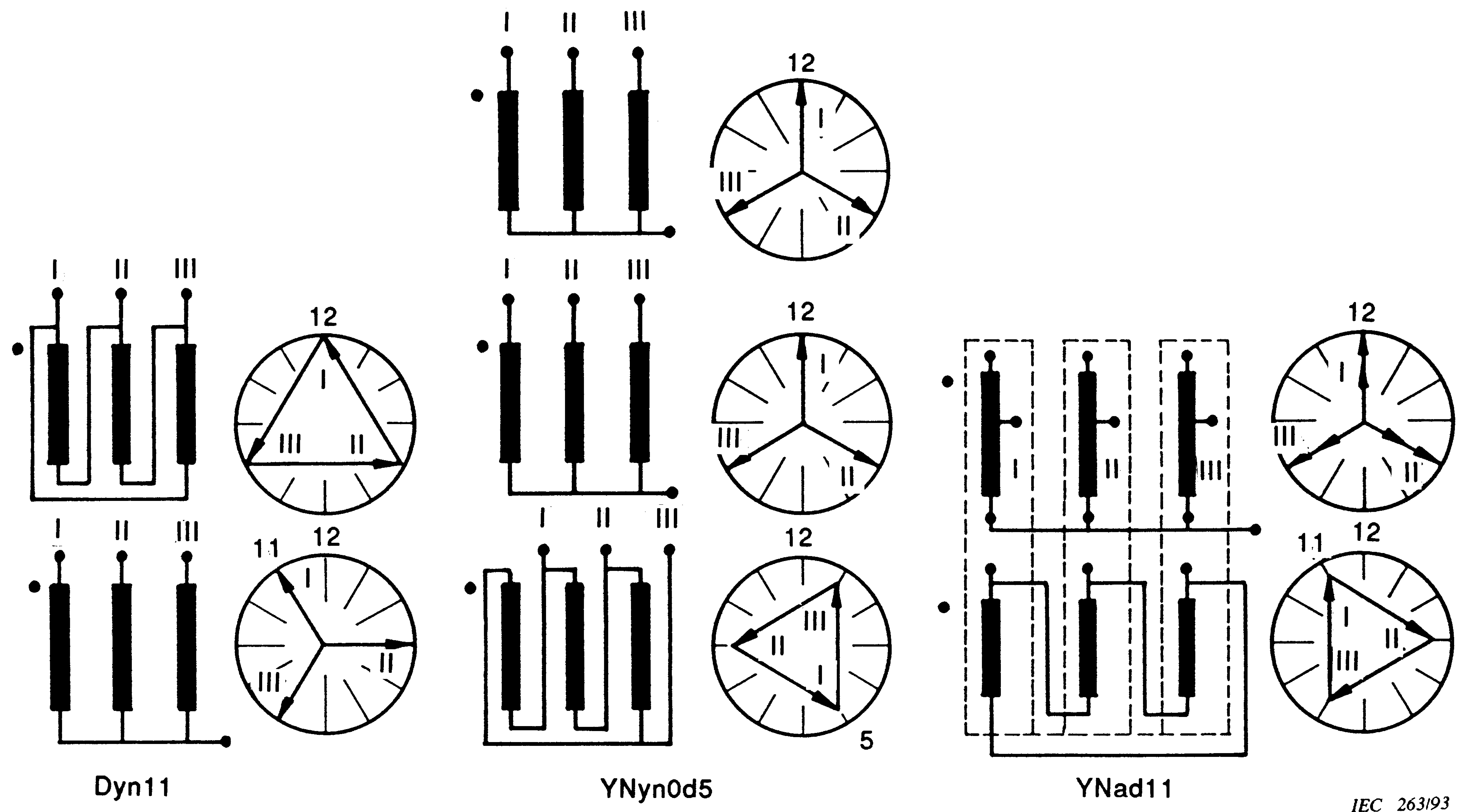مواقف اذكرها كي اشفي: مراجعه الورقه الامتحانية لطالب
تاريخ:
عندما جاءني طالبٌ وهذا ليس تقليلًا من شأنه، ولكن هذه هي الحقيقة في ذلك الوقت. كُنتُ آنذاك معيدًا في كلية الهندسة في جامعتي، التي لم أكن أحبها في البداية، ولكنها أصبحت بيتي في النهاية. عوده عل بدأ كان هذا الطالب قد حصل على أدنى درجة ممكنة، ولا أتذكر الآن ما هي تلك الدرجة بالضبط، ولكنني أتذكر عندما جاء إليّ وانصرف بعد أن حصل على الدرجة النهائية في امتحانات منتصف الفصل الدراسي. تلك الحادثة حدثت لأن المصحح في ذلك الوقت لم يرد اضاعة الوقت في تفسير الطلاسم حرفيًا الذي أسابها الطالب على ورقة بيضاء، لتحتاج الى شامبليون وليس معيدًا أمامه أكثر من مائة ورقة لإنهاء تصحيحها.
وقف ذلك الطالب ليجيب عن تفسيراتي واستفساراتي في ذات الوقت. كل سؤال سألته وكل كلمة أردت معناها، ف,جدتها بعد فترة تظهر أمامي كأنها ظهرت من العدم حرفيًا، ولم أشأ حتى أحتفظ بتلك الورقة لأني أدركت مدي عدم حصافتي وتسرعي في القراءة. ولو علمتم كان صعبًا جدًا. ولكن عندما أتى لي وكان يعرف تمامًا ماذا حدث، وكأنه كان معي أثناء التصحيح، أتى بكل عملية كأنه كان ينتظرها، لم يجزع من الدرجة التي حصل عليها، وكأنها لم تكن أول مرة تحدث له. في ذلك الوقت أحسست بالتوتر الذي لم أكن أعتاده، وفكرت ماذا سيحدث إذا لم يأتِ ذلك الطالب ولم يفسر كتاباته. أو ماذا سيحدث إذا لم يكن هناك ظرفٌ لأذهب ذلك اليوم إلى الجامعة. ماذا كان سيحدث إذا اصررت على رأيي ولم أوافق على مراجعة الورقة، ولكن أردت الاعتذار؟ لأنني أجملت كل الدفعة في تصرفات قليلة قابلتها من بعضهم.

